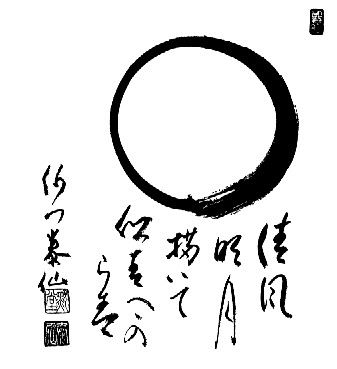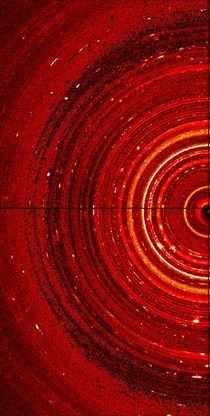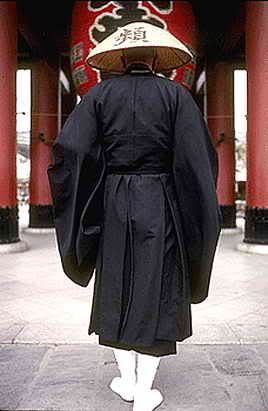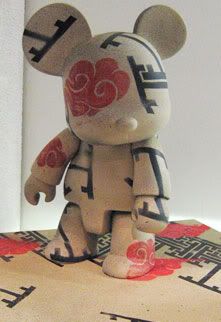
Master Tushuai Yue set up three barriers to question students:
1. Brushing aside confusion to search out the hidden is only for the purpose of seeing essence.
Right now where is your essence?
2. Only when you know your own essence can you be freed from birth and death.
When you are dying, how will you be free?
3. When you are freed from birth and death, then you will know where you are going.
When the elements disintegrate, where do you go?
Wumen says,
If you can utter three pivotal sayings here, you can be the master wherever you are, whatever circumstances you encounter are themselves the source.
Otherwise, it is easy to fill up on coarse food, hard to starve if you chew thoroughly.

Wumens Verse
In an instant of thought, survey measureless eons;
The affairs of measureless eons are the very present.
Right now see through this instant of thought,
And you see through the person now seeing.

Translators Comments
Tushuai Yue (pronounced Too-shwai Yweh) was one of the later masters of the Linji school of Zen. This school generally showed a proclivity for systematic koan construction such as demonstrated here.
The exercise presented here may be summarized as follows:
1. Stand aside from the rustle of thoughts to try to see into the essential mind.
2. Maintain independent awareness of the essential mind when thoughts die out. Note that there is a tendency for part of the mind to start up in fear when reaching the brink of nirvana. The habit-ridden psyche then pours forth images, ideas, and thoughts, thus distracting attention from the absolute and thereby retreating from the overwhelming power of nirvanic experience, which is so threatening to the limited ego.
This last-minute psychic flurry is a common theme in Buddhist iconography and mythology, because it actually does happen to almost everyone. Many people in deep meditation do become agitated or frightened at the eleventh hour, on the verge of the Great Death of the false self, thus spoiling the result. Tushuai zeros in on this critical point in the tranformation of consciousness, asking, When you are dying, how will you be free?
3. Once you get through confusion and distraction to attain the nirvanic calm of the original mind and are freed from bondage to clinging and going thoughts and feelings (samsara, or"birth and death"), then you will know real suchness. When the "elements" of mentally constucted versions of reality "disintegrate" (as a result of the foregoing process of Zen concentration), your future lies in your own relationshiop with the reality of suchness as it is.
Wumen’s prose comment beings by affirming that when you succeed in this exercise, you can remain in contact with your basic mind, regardless of what may go through your head or what may take place around you. If you have not yet understood, he gives another description.
"It is easy to fill up on coarse food" symbolizes plunging into nirvana, or resorting to the mirrorlike awareness of everything at once. As a matter of fact, each of these (nirvana and mirrorlike awareness), when properly carried out as an exercise, leads to knowledge of the other one as experience.
"It is hard to starve if you chew thoroughly" symbolizes complete integration of two aspects of Zen: 1)insight into the basis of consciousness; and 2) everyday management of the actions and products of consciousness. The expression "chew thoroughly" also represents thorough knowledge of the differentiations in suchness. In this case also, each meaning of the line represents an exercise that completes the experience of the other.

Wumen’s verse summarizes a way of practicing koan:
1. Observe the constant essence of mind underlying its fluctuating functions.
2. Use the insight thus fostered to unify formerly fragmentary perception of being-as-is.
3. Use this extradimensional perspective to see through subjectivity in perception.
4. By seeing through subjectivity, realize the objective nature of the self.
{Unlocking Zen Koan ~Classics of Buddhism and Zen/Cleary)
Glossary:
koan
koan/2
koan/3

{all images linked}

